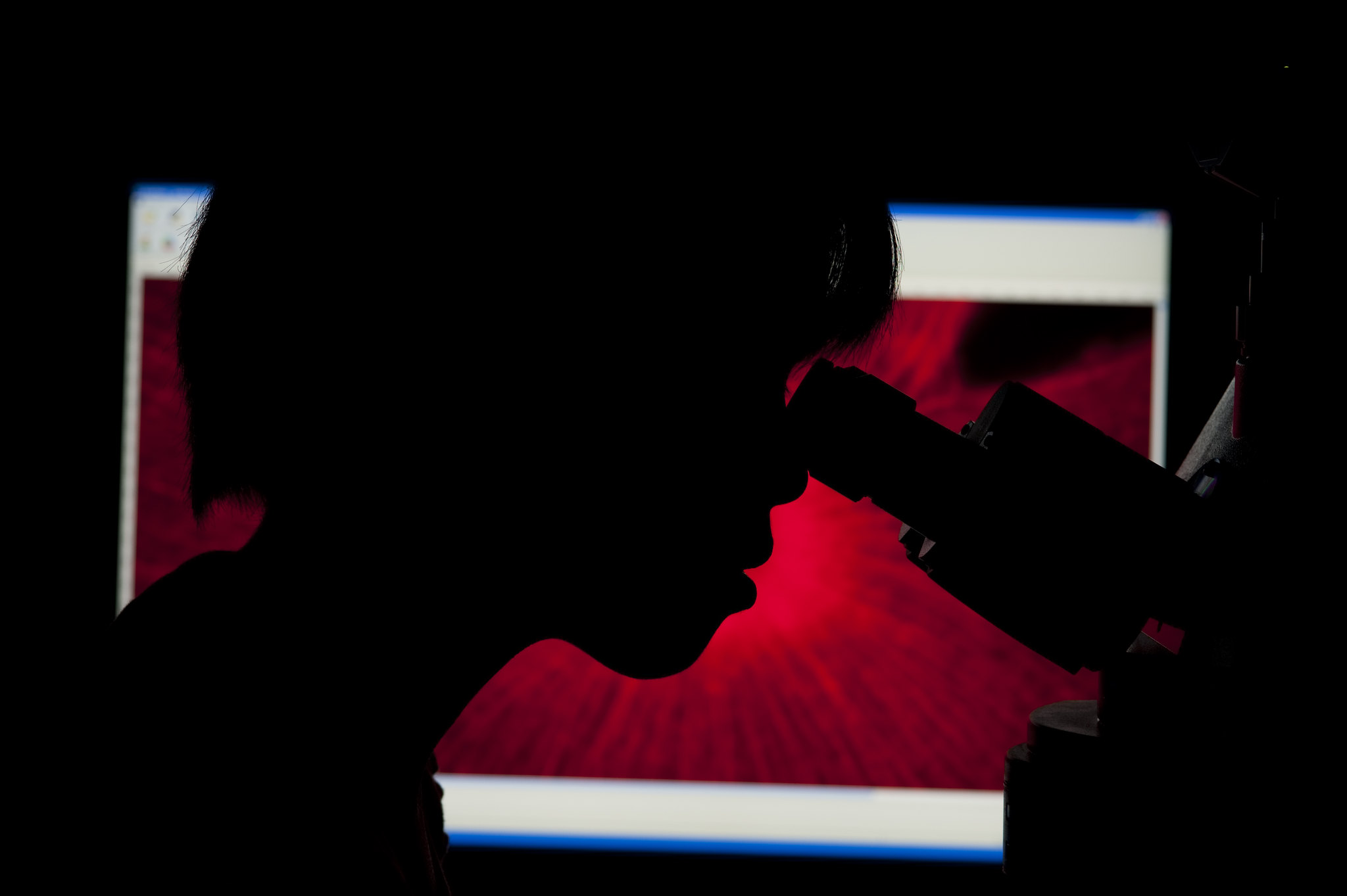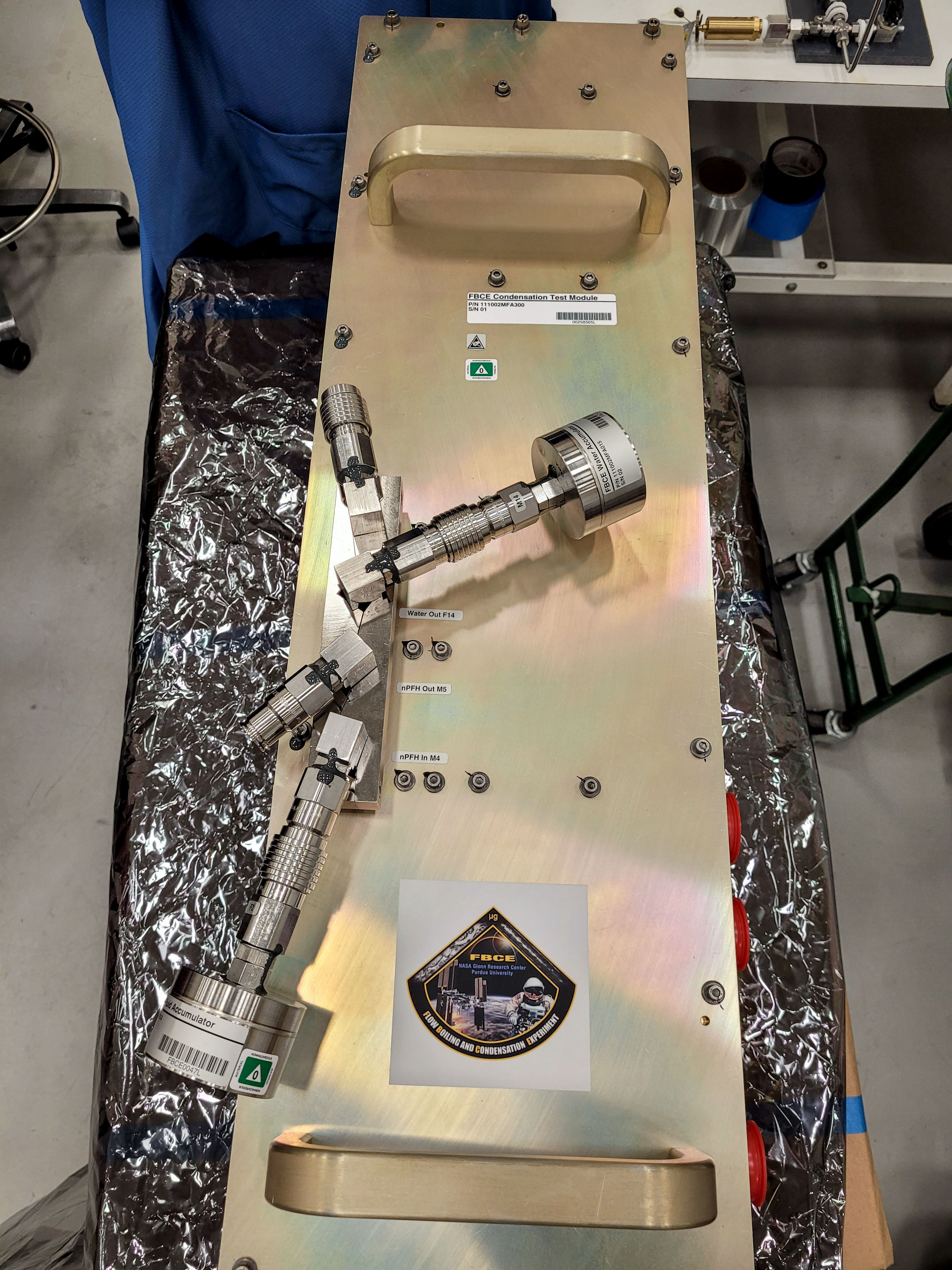5 min read
NASA supports USDA plant science research that benefits life on our home planet and beyond!

Since December 2019, NASA’s Biological and Physical Sciences Division (BPS) has partnered with the U.S. Department of Agriculture on joint plant research for the USDA’s Biotechnology Lab. At the lab, horticulturalists study and propagate a range of horticultural crops and under this partnership, BPS-sponsored scientists at NASA’s Kennedy Space Center in Florida work to achieve faster growth and better, increased yields for diverse plant varieties.
The key to this process? Microbes.
The thought of microbes might conjure images of harmful mold or call to mind illness-causing viruses and bacteria. But certain microbes can actually benefit both human and plant health. With this project, scientists study plant-microbial interactions to determine which kinds of microbes enhance plant growth. And they’ve discovered one, the fungus Cladosporium sphaerospermum.
“We have a group here at Kennedy that tests what crops can be grown in spaceflight, based on factors including nutritional quality and overall biomass,” said Dr. Anirudha R. Dixit, one of the research scientists contracted at NASA’s Kennedy Space Center to conduct research under this partnership. “The focus of this research is to test the growth promotion abilities of this particular fungus on some of these crops to see if exposure to gases produced by the fungus could help increase their total biomass.”
USDA and NASA researchers worked together to sequence this fuzzy, powdery black fungus (dubbed ‘Black Magic’) for the first time, allowing them to monitor the genetic changes as it grows and develops. They’ve found that this specific strain does in fact help promote the growth of plants growing nearby and they suspect that these positive effects are due to volatile organic compounds produced by the fungus.
Environmental Test Chambers (ETCs) developed through BPS funding could help confirm whether this theory is correct.


In addition to conducting fundamental research on microbes as well as plant growth and development testing, BPS’s other major role in this partnership was to design and build growth chambers specifically for these studies.
The USDA Biotechnology Lab is located at Walt Disney World’s EPCOT theme park and is visible to visitors who embark on the Living with the Land attraction, a boat ride that tells the history of farming and gives a glimpse into the varied research conducted at the lab. In December 2022, two chambers were delivered to the lab at EPCOT. Like those on the ground at Kennedy and similar to the Advanced Plant Habitat on the International Space Station, the chambers provide USDA researchers with more active control for growth conditions including temperature, humidity, carbon dioxide (CO2) and lighting. The chambers also provide a more closed atmosphere that enables scientists to examine synergistic effects between microbes and plants.
“With these chambers, we’re able to continue studying if these volatile compounds are indeed the cause of these growth promotion effects on the plants or if these effects are caused by the amount of CO2 that the fungus produces,” said Ray Wheeler, plant physiologist at NASA’s Kennedy Space Center. “If there are volatile compounds, we want to identify what they might be, why they benefit plant growth and the mechanisms behind this.”

Scientists at Kennedy have primarily conducted these microbial studies in lettuce and mizuna (a mild-tasting Brassica in the mustard family). These leafy greens were chosen for this research because they grow quickly, which allows scientists to harvest them sooner than they could other plant varieties and therefore repeat experiments more quickly.
Research conducted under this cross-agency collaboration has potential benefits both in space and on our home planet.
“The original objective of this project was to figure out how to increase overall crop productivity in order to benefit terrestrial agriculture,” said Dixit. “We can also apply these methods in the spaceflight environment to maximize the overall productivity of plants grown in the limited space we have aboard spacecraft.”

Developing new methods to increase plant yield may not only allow for a greater variety of plants to be grown and eaten in space, as has been done with Veggie experiments on the International Space Station, but these advancements could also contribute to more efficient and productive agricultural methods on Earth. In addition, the joint USDA/NASA plant research could have applications for commercial technologies that support sustainable farming on Earth.
“If there’s a way to co-utilize these microbes or fungi where you deliberately inoculate them into the growing media of plants, it could potentially speed up the growth and produce better yields or quicker yields,” said Wheeler. “If we can clearly demonstrate this on the ground, then it would be nice to do a follow-up test in space to see if the same thing occurs in microgravity.”
Researchers are working to expand the plant varieties investigated under this partnership to crops including tomatoes. In the future, scientists also aim to test this ground research in space, bringing the microbial magic to the cosmos.
Learn more about NASA’s Plant Biology Program






